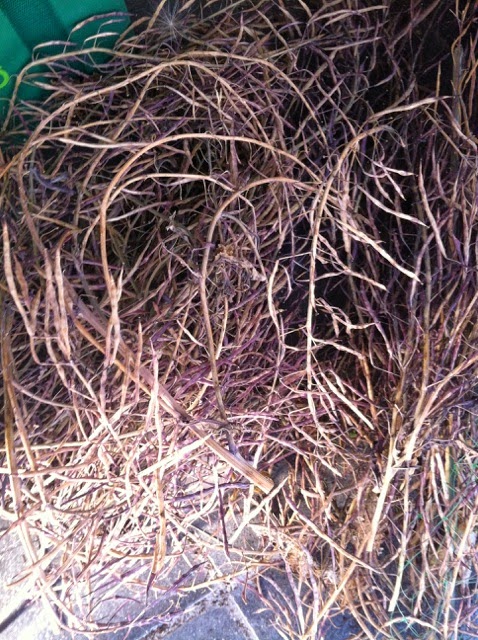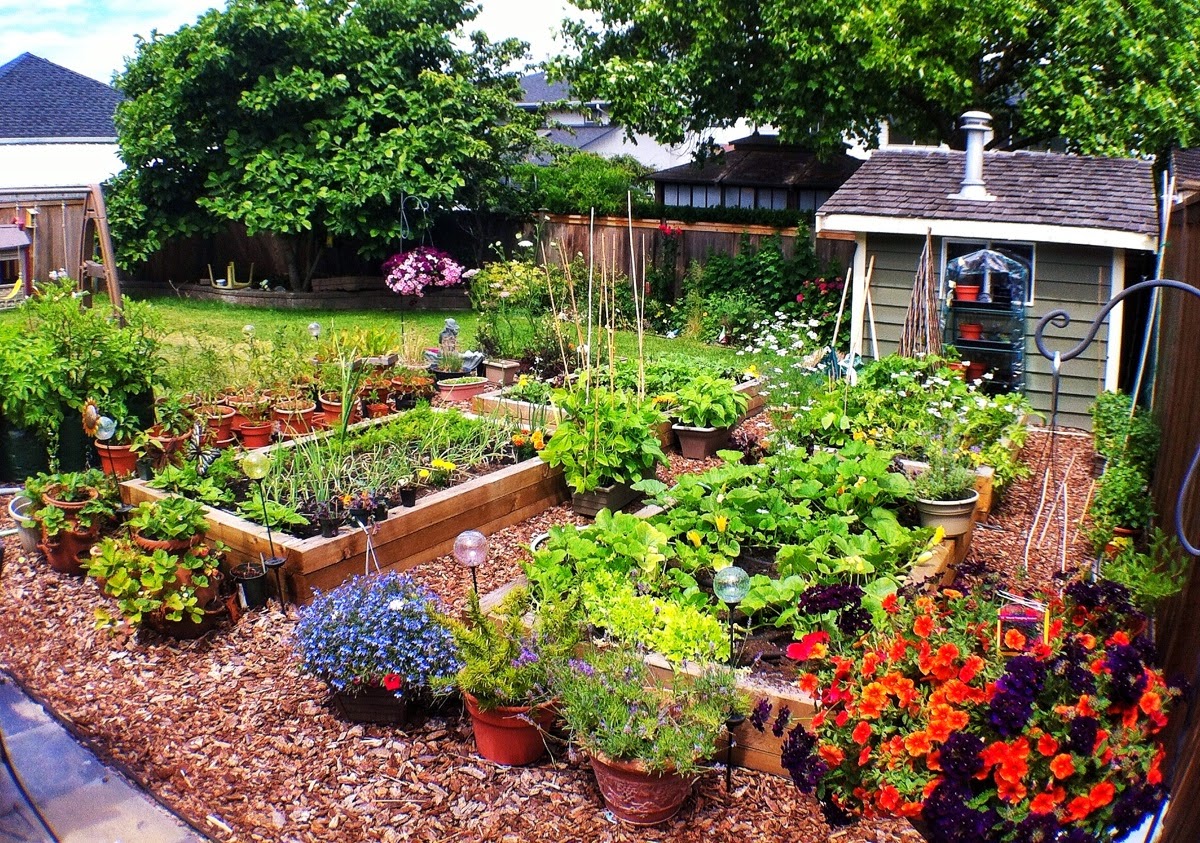Plantain is a very hardy plant and grows almost anywhere, especially in lawns along concrete path and driveways. Most people think it as a weed and pull it up, but it is edible and can be used as a topical application for skin irritations like bug bites, stings, rashes and cuts. I have some growing in my raised garden beds and as long as it doesn't take over, I leave it.
 Sometimes when I'm watering my garden in the morning I get mosquito bites, so I just grab a leaf of the plantain, crumple it (some people suggest chewing it) to release the moisture inside and directly apply to the itchy spot. Within 5-10 minutes the itch and sting is gone.
Sometimes when I'm watering my garden in the morning I get mosquito bites, so I just grab a leaf of the plantain, crumple it (some people suggest chewing it) to release the moisture inside and directly apply to the itchy spot. Within 5-10 minutes the itch and sting is gone.
I like to have salve with me when I go out with my daughters, and I want to have some when the growing season is over, so I made some plantain salve. I'm happy to report that it works as well as directly applying the leaf.
I apologize for the approximations in my recipe below. I just played around different recipes until I had the consistency I liked. Because I use coconut oil that can be very soft to liquid in warm temperatures, I added a little more beeswax to help keep the salve in more solid form during warm summer weather.
Ingredients and Materials:
- approximately 1 to 1 1/2 cups dry plantain leaves, chopped
- approximately 1 1/2 cups oil (I like coconut oil for skin care)
- approximately 1-2 tablespoons beeswax
- essential oil of choice (I like tea tree oil for it's curing properties)
- glass jar (I use mason jars)
- fine strainer or cheese cloth
- containers for the completed salve
- double boiler or pot and stainless steel bowl or crock pot
Method:
- Harvest the plantain leaves. If you must wash them, make sure they are dry so that the salve will last longer. Chop them into small pieces.
- Place oil on the plantain leaves in a glass jar. Completely mix together.
- Place the jar in a pot or crock pot with enough water to come almost to the top of the oil. Gently heat the mixture on very low heat for about 12 hours. I wasn't home long enough to do this in one go so I split the heating over two days.
 |
| I added a cloth under my mason jar in the crock pot so the glass wouldn't have direct heat on it. |
- Strain the plantain leaves from the oil and allow the oil to cool completely.
- Using a double boiler or pot of water and stainless steel bowl, melt the beeswax and add the plantain oil. Thoroughly mix. Add a few drops of essential oil of choice.
- Pour into small glass jars or stainless steel jars. Leave it to cool completely and store for future use.






















